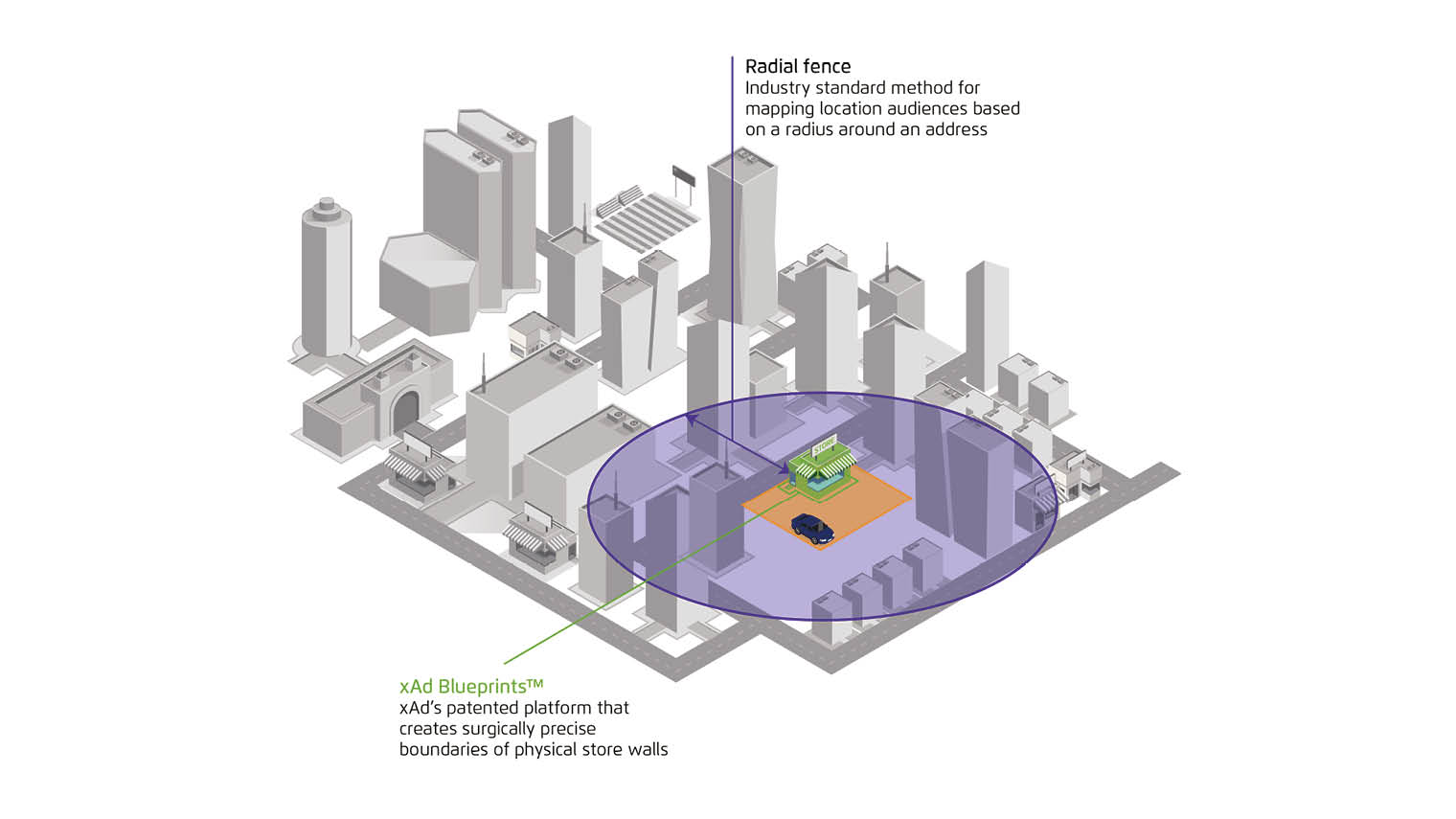A lack of transparency and the idea that it’s relevant only to digital has hindered the adoption of location marketing. But now more precise measurement and better location intelligence, plus the remarkable success of Pokémon Go, in driving consumer behaviour means location marketing’s time has come.
Next time you’re in a high street, shopping centre, train station or tourist spot have a quick look around you at the number of shoppers who are holding their smartphones – in fact, you might well be one of them. As brands shift their focus to reach consumers on the device they use more than any other, location-based marketing is moving up the chief marketing officer’s agenda.

Theo Theodorou, general manager, Europe, Middle East and Africa, of xAd
However, according to Theo Theodorou, general manager, Europe, Middle East and Africa, of xAd, a fast-growing location marketing company that uses verified location device signals and location intelligence data to help major brands including KFC, ASDA and BMW get people into their premises, many more should be transforming their marketing strategies. They should be doing much more to drive customers into their shops and restaurants, he says.
“Mobile marketing really captured people’s imagination in 2007 with the success of the iPhone, but technology always takes some time to reach critical mass,” says Mr Theodorou. “Perhaps that’s why marketers are all too often still simply applying online strategies to mobile devices and relying on the same performance metrics that were tailored for static devices in a real-world environment.
The location intelligence derived takes your marketing strategies to the next level
“This approach undervalues the intrinsic unique selling point of a smartphone – that it’s mobile and is always with us in the real world. The advertising delivered on it should be measured in the same way.
“Using our technology, xAd can take real-world behaviours – visits to locations – and in effect make them into real-world cookies. And similar to online cookies, when you build up billions of data points to make a picture of these visits, it becomes really exciting. The location intelligence derived takes your marketing strategies to the next level.”
Although online shopping has grown rapidly over the last few years, Mr Theodorou points to a recent A.T. Kearney Omnichannel Shopping Preferences Study that shows 90 per cent of retail transactions still take place in-store.
“What we’re offering is more powerful than conventional internet marketing because it’s based on purchase intent, of which location is the highest indicator,” he says. “The fact is that if you’re driven into a store, you’re more likely to be going to buy something than if you’re just surfing the web. Your online search might be casual or aspirational – just because you’re looking at Ferraris or Rolls-Royces doesn’t mean that you’re actually going to buy one.”
In the company’s offices in the West End of London, Mr Theodorou has a map of the UK with dots representing people with mobile devices who have entered a shop or restaurant – what the company calls a “point of interest”. He focuses on a branch of a major brand quick service restaurant (QSR) in Leeds as an example.
This is Blueprints, xAd’s proprietary technology that captures the precise boundaries of more than 100 million of these points of interest globally, which has been shown to be 80 per cent more accurate than traditional “radial fences”. The platform is underpinned by their Location Verification technology, which ranks and scores four types of location signals to ensure each advertising impression is reaching the right audience in real time.
What Blueprints shows is a real-time signal that one of the 100,000 apps on the xAd platform has been opened inside the boundaries of a certain point of interest, in this case a specific QSR. As a result, an advert that suits that persons’ environment can be shown. Crucially for measurement, Blueprints also knows whether an ad has already been served via another app on the platform, so that advertising spend can be attributed to someone visiting a store.

Now, xAd has taken this technology to the next level with the development of location intelligence. In June the company launched a beta version of MarketPlace Discovery. The world’s first real-time location intelligence platform, it provides visual insights into foot traffic to Blueprinted locations in the real world. The information that it provides tells a brand how many people visited its outlets at particular times of day and during which days of the week – essential intelligence for planning marketing campaigns.
But MarketPlace Discovery goes further. It also provides information about competitors’ outlets locally and nationwide so marketers can compare themselves with rivals, and identify brands and locations which they can use for strategic marketing purposes. For example, in the United States, where fast food chains have been competing for breakfast customers, MarketPlace Discovery revealed that morning foot traffic, during the first quarter of the year, into McDonald’s was equal to or above that of its competitors. Meanwhile, other brands including Subway lagged behind, highlighting a key area of opportunity for it and others who were underperforming at this time of day.
“Location-based marketing is more firmly based on measurable intelligence and so it can outperform search and social marketing,” Mr Theodorou concludes. “That’s why we believe it should now be a strategic imperative for the CMO and should be regarded as being in a category of its own alongside search and social.
“Brands that understand this and embrace this exciting new technology have the opportunity not only to increase the number of consumers they bring in through their doors, but also to ensure those consumers are more likely to buy their products when they do so.”
For more information please visit
Main site: www.xad.com
MarketPlace Discovery: discovery.xad.com
